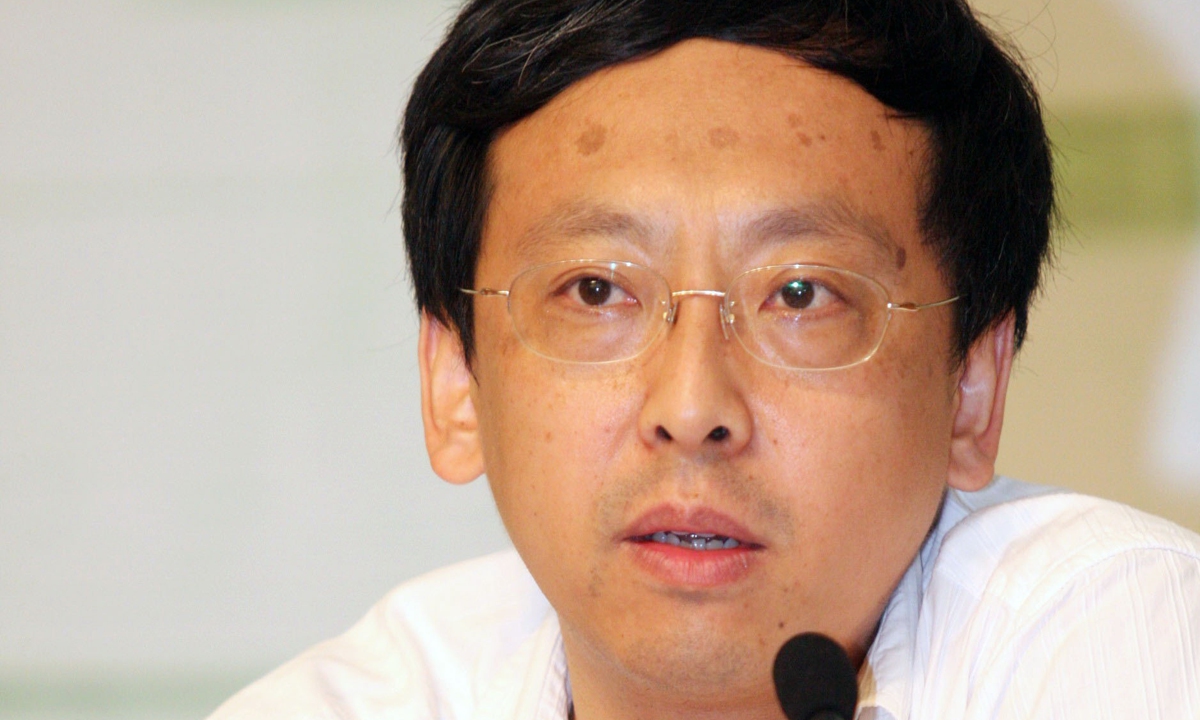
Hang Kan Photo: VCG
Addressing the urgency to protect the numerous cultural heritages scattered across the vast rural areas in China, Hang Kan, an NPC deputy and director of the Yungang Research Institute (YRI), has proposed establishing more "small and refined" village museums to realize rural revitalization.
Underpinned by local government support, village museums have been sprouting across provinces such as Jilin, Shandong and Zhejiang. Zhejiang in particular has more than 440 village museums and this number is still increasing year after year.
Hang said that rural museums can "protect local cultural heritage resources" while enhancing locals' cultural identity.
However, Hang also noted that these museums have some "operational flaws" that may stem from the "weak foundation" many have since they haven't had enough time to develop.
Li Yiyang, a museum management expert, told the Global Times that in addition to village museums being "young," attempts to provide too many services beyond their reach can also "disturb normal operations."
Also noticing this issue, Hang suggests that the "big museum model" does not need to be transplanted to every village. He said that rural cultural institutions should have a "clear orientation" and that relying on local "characteristics and specialties" is the secret of success for these village museums. "They should be targeted and refined," Hang said.
A village museum pilot region, Zhejiang is home to the Xiaoshan Museum of the War of Resistance against Japanese Aggression. Founded in 2015, the museum is located in Fenghuang Wu, a village that once witnessed war history.
Filling the "rural war museum" niche, the museum displays more than 200 items related to biochemical weapons from the War of Resistance against Japanese Aggression (1931-45), Dong Shuyuan, a representative of the site, told the Global Times. Hundreds of historical photos are in collection as well.
"Some of these items were collected in countries such as Japan and the US," Dong noted.
Living In the southern part of China, Xiong Gang, a Chinese folk culture expert, shared his experience with a special "willow weaving" museum in Dunhua, Northeast China's Jilin Province, which shows the genius of indigenous craftsmanship. The museum has attracted folk art lovers from across the country.
"They took advantage of the area's local cultural assets," Xiong told the Global Times, adding that village museums can be even more "diverse and specific" than national-level institutions and focus on subjects such as red history, folk crafts and agriculture.
Hang added that the education and finance sectors should work to make village museums a significant part of China's rural revitalization efforts.
"We should increase policy and funding and ensure village museums have sufficient resources," Hang noted, emphasizing the government's critical role in developing village museums.
Li also noted that side-facilities such as village libraries should also be developed.
"Actively developing volunteer mechanisms for rural museums can not only increase their level of professionalism, but also deepen the relationship between museums and rural society," Hang added.




